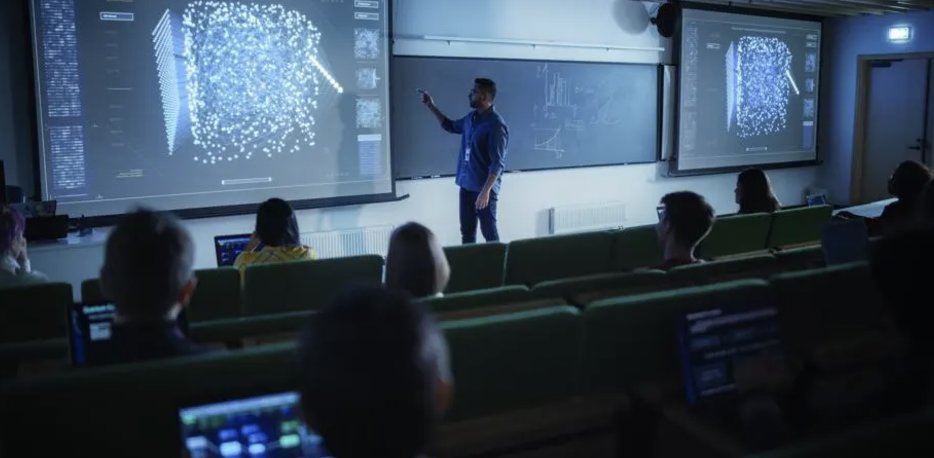Austin school that uses AI instead of teachers opens esports academy with similar concept

AUSTIN, Texas — There’s a new esports academy private school in Austin called NextGEN Academy that focuses on using gaming as a pathway to learning life skills. Watch the Video
Valenta Academy to bring new way of learning to Bastrop children
Valenta Academy will expand how Bastrop students learn when officials open the private microschool in mid-2025.
Is There Such A Thing As ‘Good Screen Time?’

Young people are spending more time on digital devices than ever before. Nearly every teenager in the country now has access to a smartphone (95%). About half of them report being online “almost constantly,” a 24% increase from a decade ago, according to 2024 Pew Research Center data. The alarm bells are sounding. Bestselling books warn parents about the extreme risks of screen time on developing minds, such as The Anxious Generation by social psychologist Jonathan Haidt, who points out that parents are “overprotecting children in the real world and underprotecting them online.” Research suggests a more thoughtful approach is needed. Focusing On Quality Over Quantity Recent research paints a more detailed picture of screen time’s impact. According to a Wall Street Journal analysis, time spent on school-issued devices peaks in sixth grade at 35% of instructional time, and from first to 12th grade, students spend 20% of their average instructional day on devices. Rather than focusing solely on reduction, we should emphasize how technology is used. Some teachers are finding innovative ways to use technology that enhances learning—from interactive quizzes and creative writing exercises to virtual global exploration and collaborative projects. These transform traditional assignments into engaging multimedia experiences where students create, rather than just consume, content. In the tech-driven schools I founded, “good screen time” is fundamental to how students learn. Our education model uses adaptive AI for personalized lessons for every student but limits device time to two hours daily on our edtech platforms. The remaining day focuses on hands-on learning and collaborative projects, recognizing that technology should enhance, not replace, traditional education. Read the full article here
How AI Is Changing The Role Of Teachers In Education

Hailed as heroes but paid like afterthoughts, teachers are leaving classrooms in droves as AI technology knocks on the door. Sixty percent of U.S. adults say they wouldn’t want their child to become a public school teacher according to a 2024 poll, many citing concerns about “inadequate pay and benefits (33%) or a lack of student discipline (27%).” This marks a significant shift from 50 years ago, when the poll first came out and 75% of Americans supported this career path for their child. A 2022 paper from researchers at Brown University and the University at Albany found that “perceptions of teacher prestige have fallen between 20% and 47% in the last decade and now rest at or near the lowest levels on record.” Unsurprising then, we’re now experiencing a nationwide teacher shortage, a trend that accelerated during the pandemic. According to 2023 data, there were 55,000 teacher vacancies in the 2022-2023 school year, up 60% from the previous year, with an estimated 300,000 positions now being filled by underqualified teachers. Read the full article here
There’s No Such Thing As A ‘C’ Student: How EdTech Will Democratize Learning

In our current U.S. education system, we tend to “track” students from a very young age—and once on this path, it’s hard for any student who falls behind to change course. A student who scores a C on a test will likely never go back to review the material they missed because traditional classrooms move on to the next lesson. With this method of learning, students may be doomed to follow an underperforming path as the subject matter builds and they fall further and further behind. Read the full article here